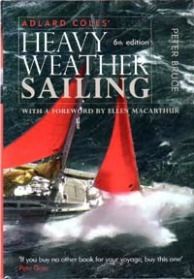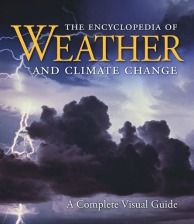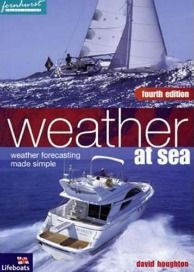A good seafarer should, almost as a second nature, be able to look out for wind and wave character shifts, know how the coast modifies the wind, how best to keep an eye on the clouds, how to use a barometer and, most importantly, how to anticipate gales, thunderstorm and fog. Calming winds and waters make for an unforgettable day of yachting, sailboating or kayaking, but an ignored dark cloud or shrugged off downpour can at best bring a great deal of distress, and at worst risk to your personal safety.
Weather Forecasting
Whilst knowing how to navigate the skies for danger on board your boat is invaluable, the huge advances in weather forecasting over the past 30 years means you can have an incredible edge over Poseidon when on the water. Single observer forecasting can also be extremely limited, so using the information captured from the absolute best in nautical instruments is very worth doing. The cruising yachtsman should always know how to use of the forecasts in a logical and structured manner to help them plan both before setting sail and whilst on the water, so as to know how to keep out of trouble and the best passage to plan (or both).
The Shipping Forecast, local radio, Coastguard VHF are all endlessly useful tools for knowing where to go or not to go, whether your 'weather window' is open on your desired day and whether the forecast can adequately account for your entire journey, should it be longer than just 24 hours. Remember that forecasts give only the best answers possible, thus its always important to bear in mind the uncertainties that may crop up, such as local effects, sea breezes, headlands, straits, gusts and down draughts.
What to look out for on Deck
Even if you've not done your stormy preparation, it's virtually impossible for bad boating weather to just sneak up on you. Signs are often clear as day, and instead it's merely the seafarer who's not paying attention that finds themselves in trouble. Whilst there's always a mountain of responsibility on deck, this is certainly one that should always hold high priority.
Always be on the lookout for signs of approaching storms: dark clouds for squalls and thunderstorms, a steady, noticeable increase in wind or sea and signs of lightning are amongst the most obvious. Other more subtle signifiers include an increase of wind in the opposite direction to a strong tidal current, and radio static build up. Even if you're not quite confident you're heading into a thunderstorm, those on the other side of your VHF radio will, and if the information suggests things are about to get rough then always head to shore if possible, get out of your boat and away from the water.
 |  |  |